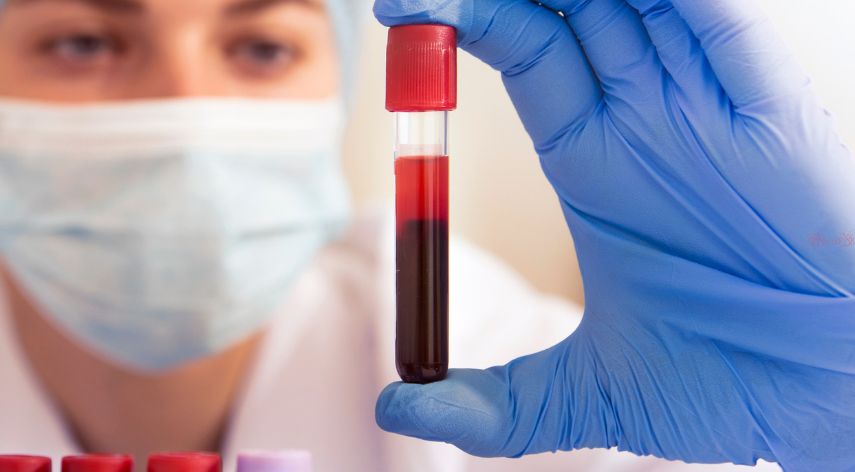Breast screening advantages and what are diseases that they can detect?
Breast screening is regarded as the best approach towards curbing the high breast cancer mortality rate among women. Why this recommended approach is the question, we will try to cure cancer in this blog post. The answer to the question will be addressing the breast screening advantages. In addition, you’ll get to learn what breast imaging detects.
If it is your first time learning about breast screening, we’ll start from the basic understanding of what breast screening is all about then dive at the advantages.
It is important to note breast screening is a treatment approach towards breast cancer. Rather, it is one way to detect the cancerous cells in the breast tissues before they damage the whole. Chances are when the cancerous cells are detected before they affect the whole breast tissues high chances of removing them.
What Is Breast Cancer Screening?
Breast cancer screening refers to a medical checkup where the doctor check if there are cancerous cells in the breast even though there are no signs and symptoms of breast cancer.
Breast screening is intended to be like a checkup; thus sure your breast is healthy. It is contrary to what may believe breast screening is meant for people who have observed breast cancer symptoms.
Even though breast screening is not meant to prevent breast cancer, not a treatment approach. It is regarded as the best approach to detect cancer early. When cancer is detected at an early stage, it can easily be managed compared to at an advanced stage.
Benefits of breast screening
There are several benefits as to why it is recommended as a woman; you have breast screening often. Here you’ll get to learn why you need to visit female breast specialists for breast screening occasionally.
It helps in the diagnosis of cancer at an early stage.
Breast screening assists in the early detection of breast cancer. The sooner a problem is discovered, the higher the odds of survival. Breast cancer that is discovered early on is also less likely to require breast removal.
Saving lives from breast cancer
According to statistics, breast screening saves roughly one life from breast cancer for every 200 women who get screened. This equates to around 1,300 lives saved from breast cancer in the UK each year. Detecting malignancies that would never have been harmful to a woman
Approximately 3 out of every 200 women between the ages of 50 and 70 screened every three years are diagnosed with cancer that would not have been discovered without screening and would not have become life-threatening. Each year, approximately 4,000 women in the United Kingdom are offered therapy that they do not require.
The latter translates that for every woman whose life is saved from breast cancer, around three more are diagnosed with cancer that would not have progressed to the point of being life-threatening.
What are diseases detected during Breast screening?
During breast screening examination, the main disease which can be detected is breast cancer. The best breast screening approach recommended by the doctor is the 3D mammogram.
During the examination, the doctor will be on the lookout for any changes in your breast, such as calcification, masses, and any other area that can indicate cancer. The main disease which is detected during breast screening is cancer.
During the breast screening, a 3d mammogram can detect things other than the cancer tumour in the breast. Among those detected during breast screening include;
Calcifications
Calcifications refer to calcium deposits in the microscopic breast tissue. On mammogram test, they appear as little white dots. They can be an indication of cancer but sometimes they may not be. Calcifications can be divided into two categories macrocalcifications and microcalcifications.
Macrocalcifications
Macrocalcifications are bigger calcium deposits created by alterations in the breast arteries induced by ageing, past traumas, or inflammation. Such deposits are usually caused by non-cancerous illnesses and do not require a sample to be tested for cancer. As women age, macrocalcifications become more common, specifically after the age of 50.
Microcalcifications
Microcalcifications in the breast are small calcium flecks. They are more concerning than macrocalcifications when observed on a mammogram, although they do not always indicate the presence of malignancy.
The shape and pattern of microcalcifications aid the radiologist in determining whether the change is cancer-related.
In most circumstances, a biopsy isn’t required to examine for microcalcifications. A biopsy will be recommended to check for cancer if they have a suspicious appearance and pattern.
Masses
A mass refers to a thick region of breast tissue that has a distinct shape and borders than the rest of the breast tissue. It’s another significant change noticed on mammography, whether or not there are calcifications. Cysts and non-cancerous solid tumours are common causes of masses, but they can also be a symptom of malignancy.
Cysts are sacs filled with fluid. Simple cysts aren’t cancerous; thus, they don’t require a biopsy. If a lump isn’t just a cyst, it’s cause for concern, and a biopsy may be required to ensure it’s not cancer. Although solid masses are more alarming, the vast majority of breast lumps are not cancerous.
A cyst and a solid mass can have similar sensations. On mammography, they can also seem the same. To be sure it’s not cancer, the doctor must be certain it’s a cyst. A breast ultrasound is frequently performed since it is a better tool for detecting fluid-filled sacs. Another alternative is to drain fluid from the region with a thin, hollow needle.
If a tumour isn’t just a cyst, extra imaging tests may be required to determine whether it’s cancer. Some masses can be monitored with regular mammograms or ultrasounds to see if they change with time, while others require a biopsy. The size, form, and margins of the mass can aid the radiologist in determining whether or not the lump is cancerous.
Breast density
A breast density evaluation will be included in your mammography report. Breast density is determined by the distribution of fibrous and glandular tissues in your breast vs the amount of fatty tissue in your breast.
Dense breasts are not abnormal, but they have been related to an increased risk of breast cancer. Dense breast tissue might also make finding tumours on mammography more difficult.
Final words
The goal of screening is to get a head start on diagnosis so that early intervention can improve prognosis.
Even though screening provides no benefit, earlier diagnosis raises the apparent incidence of breast cancer in a screened group and lengthens the average time from diagnosis to death.
As a result, the most suitable measure of benefit in reducing breast cancer mortality is in women who receive screening versus those who do not receive screening.
It is high time to visit the 3D mammogram centre for breast screening. The cost of mammograms Singapore is affordable to everyone.
Recommended For You
Spread the loveSexual health is an essential aspect of personal well-being. If you’re based in London and need STI testing,
Spread the loveIn today’s fast-paced world, managing your health effectively is more important than ever – especially for those of
Spread the loveThe EGFR blood test is an important way to check how well the kidneys are working. It checks




